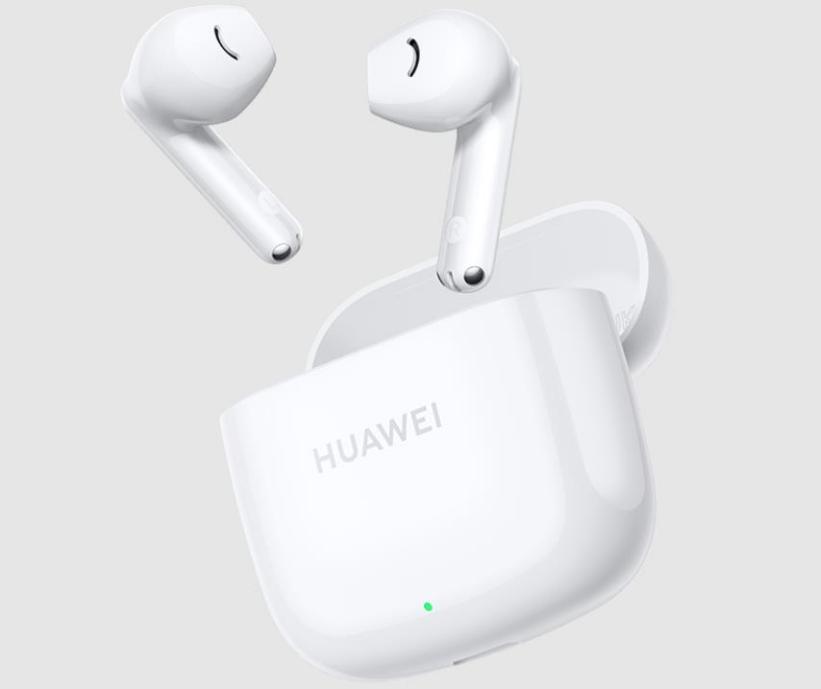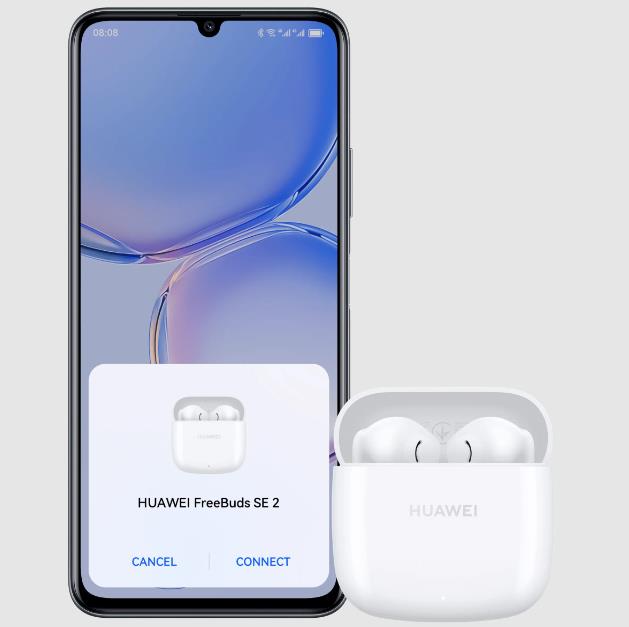In the rapidly evolving landscape of wireless technology, Bluetooth earbuds have become an indispensable accessory for modern living. These compact devices have liberated us from the constraints of wired audio, providing convenience and freedom of movement. However, the performance of Bluetooth earbuds is not solely determined by their design; the Bluetooth version they employ plays a pivotal role. In this article, we delve into the intricacies of how different Bluetooth versions impact the performance of wireless earbuds, exploring their capabilities, features, and potential limitations.

1. Bluetooth Evolution: A Brief Overview
The journey of Bluetooth technology began with the inception of the Bluetooth 1.0 specification, characterized by its limited data transfer rate and range. As successive versions emerged, improvements in data speed, energy efficiency, and connectivity were realized. The notable iterations include Bluetooth 2.0 + EDR, Bluetooth 3.0 + HS, Bluetooth 4.0 (with Low Energy), Bluetooth 4.1, Bluetooth 4.2, Bluetooth 5.0, and the more recent Bluetooth 5.1, 5.2 and 5.3 versions. Each version brought forth enhancements that directly impacted the performance of wireless earbuds.
2. Data Transfer Speed and Audio Quality
Bluetooth versions 1.0 through 3.0 exhibited notable limitations in terms of data transfer speed, which had repercussions on audio quality during streaming. With the advent of Bluetooth 4.0 and its subsequent iterations, notably Bluetooth 4.2 and 5.0, data transfer rates significantly improved. This advancement translates to a substantial enhancement in audio quality, allowing for more accurate reproduction of high-fidelity audio, even in demanding scenarios such as listening to music or engaging in voice calls.
3. Energy Efficiency: Extending Battery Life
One of the most significant improvements introduced by Bluetooth 4.0 and its subsequent Low Energy (LE) iterations was enhanced energy efficiency. This feature is particularly crucial for wireless earbuds, as it directly affects their battery life. Bluetooth 4.0, 4.1, and 4.2 are designed to consume minimal power during data transmission, thereby extending the usage time of wireless earbuds on a single charge. This advancement has revolutionized the practicality of wireless audio, making it feasible to enjoy extended listening sessions without frequent recharging.
4. Range and Connectivity Stability
Bluetooth 5.0 marked a pivotal moment in wireless earbud technology with its emphasis on extended range and improved connectivity stability. This version introduced the concept of “Bluetooth Long Range,” enabling devices to maintain a reliable connection over longer distances, even in challenging environments. For users of wireless earbuds, this translates to fewer interruptions and reduced chances of audio dropouts, particularly in scenarios where the source device is not in proximity. In addition, the powerful Bluetooth 5.3 connection, such as freebuds se2, ensures that sound and images stay in sync, providing an immersive audiovisual experience.

5. Advanced Features: Multi-Device Pairing and Location Services
With Bluetooth 5.0 and its subsequent iterations, wireless earbuds gained access to advanced features that significantly impact user experience. Multi-device pairing allows earbuds to seamlessly switch between different source devices, catering to the modern user’s need for connectivity across multiple gadgets. Additionally, Bluetooth 5.1 introduced Angle of Arrival (AoA) and Angle of Departure (AoD) capabilities, enabling location-based services that enhance the precision of wireless earbuds’ spatial awareness.
6. Limitations and Compatibility Considerations
While newer Bluetooth versions bring remarkable improvements, it’s important to note that compatibility between devices can be a limiting factor. Older devices may not support the latest Bluetooth iterations, impacting the seamless operation of wireless earbuds. Additionally, while Bluetooth 5.0 and beyond promise extended range, real-world factors such as obstacles and interference can still affect connectivity performance.
Conclusion
In the realm of wireless earbuds, the impact of Bluetooth versions on performance is profound. From the early days of limited data speeds to the current era of high-fidelity audio and extended battery life, Bluetooth technology has evolved to empower wireless earbuds with exceptional capabilities. Whether it’s the enhanced data transfer speeds of Bluetooth 4.2, the extended range of Bluetooth 5.0, or the energy efficiency of Low Energy iterations, each advancement contributes to an improved listening experience. As consumers continue to seek unparalleled convenience and audio quality, the evolution of Bluetooth technology will undoubtedly shape the future of wireless earbud performance.